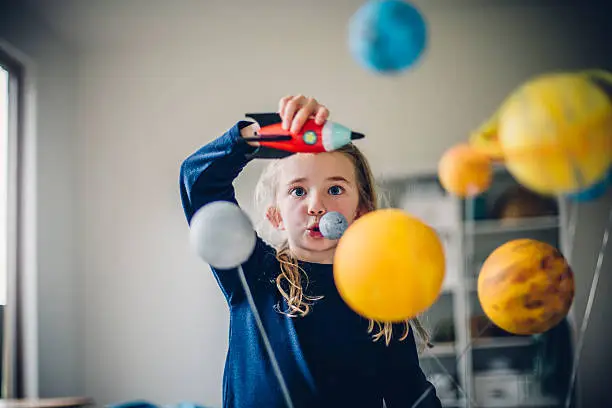“Play is the child’s language, and connection is the healing that happens when someone truly listens.”
When children experience big feelings or tough situations, they often can’t explain what’s goin on inside. Instead, emotions may come out through behaviour, worry, anger, withdrawal, or overwhelm. This is where play therapy gently steps in, offering children a way to be seen, heard, and understood. Not through pressure to talk, but through connection and play.
What is Play Therapy?
Play therapy is a therapeutic approach that uses play, the natural language of children, to support emotional expression, resilience, and healing. It’s a child-led, relational way of working that allows children to explore their inner world in a safe and creative space.
But more than the toys or art materials, it’s the relationship that does the healing. The playroom becomes a space where trust is built, where feelings are welcome, and where the child doesn’t have to carry everything alone.
Why Connection Comes First:
Before children can process, regulate, or make sense of what they’ve been through, they need to feel safe. That safety comes through attuned, consistent, and compassionate connection.
In play therapy, the therapist doesn’t direct or diagnose. Instead, they follow the child’s lead,noticing themes, offering emotional presence, and helping the child feel truly seen.
This connection becomes the foundation for healing.
It’s in the shared laughter during a silly puppet show, or the quiet companionship during a drawing, that something powerful begins to shift.
The Tools Are Invitations, Not Instructions
Yes, the playroom may be filled with paints, sand trays, masks, musical instruments, or miniature figures. But each item is simply an invitation for the child to tell their story,in their own way and in their own time.
Through these creative tools, children can:
• Process confusing or traumatic experiences
• Rehearse new roles or outcomes
• Express fear, anger, sadness or hope
• Build confidence and resilience through mastery and symbolic play
But again, it’s the presence of the therapist; calm, kind, and non-judgemental; that makes it safe for the child to explore.
The Healing Power of Being Truly Seen
One of the most transformative parts of play therapy is the experience of being met just as you are.
For children who may feel too much, too sensitive, or too misunderstood in other settings, the therapy space offers a new message: You are welcome here. All parts of you are safe.
Sometimes, it’s not the game or the artwork that matters most. It’s the moment a child looks up and sees the therapist still there, still kind, still listening. That consistency begins to rewrite the child’s expectations of relationships.
Is Play Therapy Right for My Child?
Many parents wonder whether their child needs therapy, especially if there isn’t a specific “problem.” But play therapy can support a wide range of emotional needs, including:
• Anxiety or low self-esteem
• Difficulties with separation, loss, or change
• School-related stress or behavioural concerns
• Neurodivergence or sensory processing challenges
• Emotional shutdown or explosive outbursts
You don’t need a diagnosis for your child to benefit. If your child seems overwhelmed by big feelings or is struggling to cope, play therapy offers a safe place to begin.
Connection Before Correction
In a world that often rushes children to explain, perform, or behave, play therapy slows things down. It says: First, let’s connect. Then, we can understand.
As a therapist, I’ve seen how powerful it is when a child realises they don’t have to fix themselves to be loved. They just have to be themselves to be understood.
Thinking about play therapy for your child? If your little one feels overwhelemed by big feelings, or you’re simply curious about how it works, feel free to reach out with questions.
You can learn more about what play therapy is here.
Every child deserves a safe space to be seen, heard, and understood.


